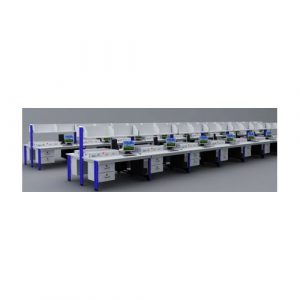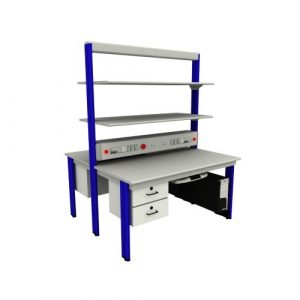TB-220804-V-4.14 Thermodynamics, Inverse Thermodynamic Cycles Laboratory Equipment Teaching Equipment Heat Transfer Training Equipment
TB-220804-V-4.14 Thermodynamics, Inverse Thermodynamic Cycles Laboratory Equipment Teaching Equipment Heat Transfer Training Equipment for college, vocational training center, university.
- Description
- Inquiry
TB-220804-V-4.14 Thermodynamics, Inverse Thermodynamic Cycles Laboratory Equipment Teaching Equipment Heat Transfer Training Equipment
I.Overview
Home air conditioners are air conditioners installed in residents’ own homes. Improving the level of living environment has become a concern of today’s society. People should not only care about the improvement of indoor air environment, but also care about the improvement of air environment in cities, especially residential areas. All these have high expectations for household air conditioners.
Therefore, the combination of indoor air sterilization and bacteriostatic control technology, air cleaning control technology and computer control technology will promote the healthy development of household air conditioners.
The compressor compresses the gaseous refrigerant into a high-temperature and high-pressure gaseous state, and sends it to the condenser for cooling. After cooling, it becomes a medium-temperature and high-pressure liquid refrigerant and enters the drying bottle for filtration and dehumidification. The medium-temperature liquid refrigerant passes through the expansion valve. (Throttling component) The gas-liquid mixture with low temperature and low pressure (more liquid) is throttled and depressurized. It absorbs the heat in the air through the evaporator and vaporizes it into a gaseous state, and then returns to the compressor to continue compression and continue to circulate for refrigeration. When heating, there is a four-way valve so that the flow direction of Freon in the condenser and evaporator is opposite to that when cooling, so when heating, the outdoor blows cold air, and the indoor unit blows hot air.
How to choose to edit broadcast
Using household air conditioners to adjust indoor temperature and humidity and purify the air is an ideal high-end household electrical appliance for modern families. There are many types of air conditioners, but most of them are window models. Functions include single-phase cooling and cooling and heating. Specifications are divided by cooling/heat, 3000, 4000, 5500 kcal per hour. When purchasing, determine the specifications according to the size of the room. The quality should be checked from the following aspects:
1) The appearance is beautiful and generous, the paint color is elegant, the paint film thickness is uniform, bright, no trauma and scratches, and the parts are complete.
2) Turn on the power supply, the compressor runs smoothly, and the noise is less than 60 decibels.
3) The button switches of each function are sensitive and accurate, and the cooling and heating effects are fast and sufficient.
4) The body insulation performance is good.
Use Forget-Not-Clean
Many families turn on air conditioners for cooling, but experts remind that air conditioners that have not been cleaned for a long time have become an important source of PM2.5, and the bacteria exceeding the standard will cause symptoms of air conditioner diseases such as physical discomfort, dizziness and fatigue. Wash once.
According to an experimental result published by relevant experts from Fudan University, the number of bacteria in household wall-mounted air conditioners that have not been cleaned for more than 3 years is 50 times higher than that of central air conditioners in shopping malls; air conditioners that are less cleaned will become PM2.5 after a few years of use. important source. Relevant professional institutions have found that the total number of bacteria in 88% of the air conditioner radiators exceeds the standard, and the total number of molds on 84% of the air conditioner radiators exceeds the standard. The bacteria detected in the air conditioner radiator can exceed the standard by nearly 100 times.
According to reports, it is necessary to master the correct method to clean the air conditioner, not only to clean the filter, but also to clean the heat sink. Since the air-conditioning heat sink cannot be disassembled, it is ineffective to wipe with a damp cloth, brush cleaning, etc., and the air-conditioning disinfectant produced by regular manufacturers should be used. If the dirt and germs on the heat sink are removed, the cooling effect of the air conditioner will also be better.
II.Technical specifications
Equipment shall cover at least the following laboratory works:
▪ heat transfer during condensation and boiling
▪ study of the refrigeration machine operation cycle
▪ study of the operation and main characteristics of the air conditioner
▪ study of the operation and main characteristics of the heat pump
▪ study of the operation and the main
characteristics of the split air conditioning system
Build
▪ floor-standing
▪ laboratory
The equipment shall include at least the following main components: ▪ metal base-frame on four wheels
▪ air conditioner (split system unit)
▪ control unit
▪ temperature, pressure and humidity sensors
▪ display(s)
▪ control panel
▪ possibility to connect the equipment to laptop
▪ all designations, inscriptions and symbols on the equipment and devices shall be in Russian and/or English
Special software
▪ availability
▪ possibility to process data on computer
▪ interface in Russian and/or English
Power at least 1 kW
Power supply
▪ 220V±10%, 50Hz
▪ power cable, European standard
Delivery set
▪ Equipment shall be supplied as a complete delivery set and shall be compatible with design and functionality
▪ Delivery set shall include, but not be limited to:
- Thermodynamics, Inverse Thermodynamic Cycles Laboratory Equipment – 1 set
- Laptop connecting cables – 1 set
- Special software – 1 set
- Laptop (CPU frequency of at least 2.3 GHz (at minimum load); 4 processor cores; at least 6 processor threads; L3 Cache – 8 MB; RAM – DDR4; at least 8 GB of memory; frequency at least 2933 MHz; SSD 512 GB; M.2 PCIe NVMe; USB Type-A – 2 pcs.; USB Type C – 1 pc.; HDMI port; Wi-Fi and Bluetooth 5.0 adapters; display: 1920×1080; screen size 15.6 inches; 250 nits; IPS with LED backlight; matte screen; stereo speakers, microphone and built-in camera), including mouse, power supply with cable and bag for storage and carrying – 1 set
- Description of possible laboratory works with Thermodynamics, Inverse Thermodynamic Cycles Laboratory Equipment application – 1 set
- Tools for installation and maintenance of the Thermodynamics, Inverse Thermodynamic Cycles Laboratory Equipment – 1 set
- Accessories, spare parts and consumables not listed above, but recommended by the Manufacturer – 1 set



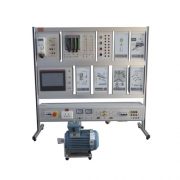
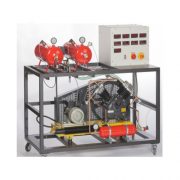
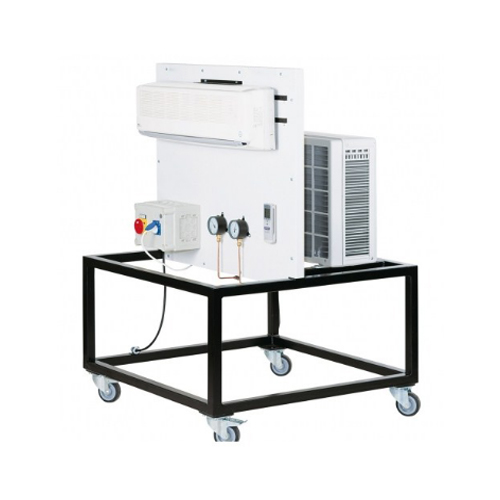
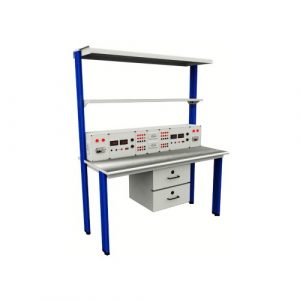
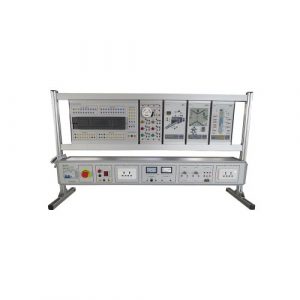
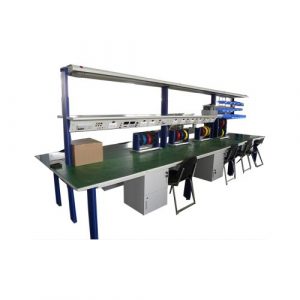
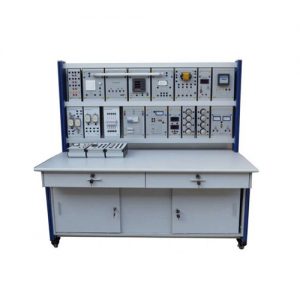
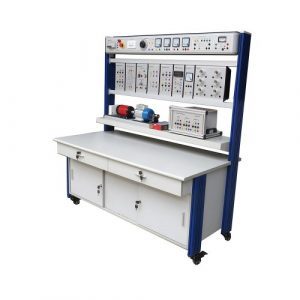
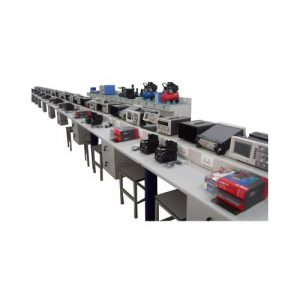
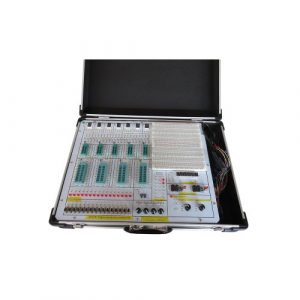
-300x300.jpg)
